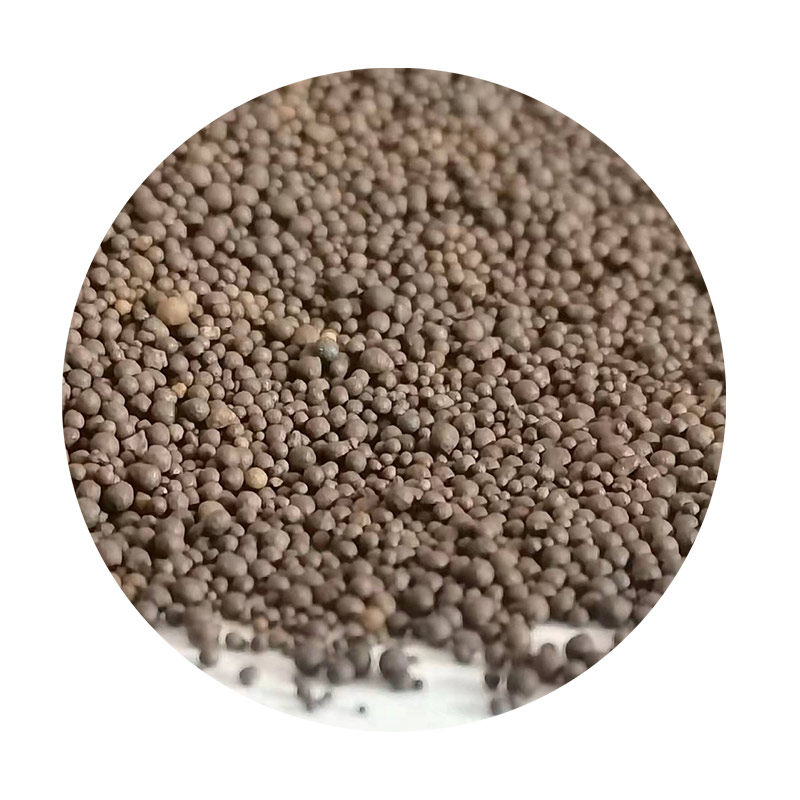Materials Used in Sand Casting
Sand casting, one of the oldest and most widely used metal casting processes, is renowned for its versatility and cost-effectiveness. This method involves creating a mold from sand and then pouring molten metal into that mold to create a desired shape. The materials used in sand casting play a crucial role in determining the quality and properties of the final product. In this article, we will explore the primary materials employed in sand casting and their significance.
1. Sand
The most fundamental material in the sand casting process is sand itself. The type of sand used can vary, but the most commonly used is silica sand, which is preferred due to its high melting point, strength, and ability to retain shape. Silica sand is often mixed with clay and water to enhance its binding properties, forming a sand mixture known as sand mold. This mixture can endure the high temperatures of molten metal and is crucial for creating detailed castings.
While silica sand is predominant, other variants like chromite sand are used for specific applications requiring improved thermal conductivity or lower expansion rates. The choice of sand influences the surface finish of the cast object and the overall casting process.
2. Binders
Binders are materials that help adhere the sand particles together, ensuring the stability of the mold during the pouring of molten metal
. The two primary categories of binders are organic and inorganic.Organic binders are typically made from materials like phenolic resins or furfuryl alcohol. These binders provide excellent strength and can withstand the thermal stresses encountered during the casting process.
Inorganic binders, such as sodium silicate, offer lower fume emissions and are often preferred for environmental reasons. They tend to be less expensive and can be used in high-temperature applications. The choice between binder types involves trade-offs between performance, cost, and environmental compliance.
materials used in sand casting

3. Water
Water plays a vital role in the sand casting process. It is added to the sand-binder mixture to activate the binder and create the desired mold consistency. The moisture content must be carefully controlled, as too little water can lead to inadequate mold strength, while too much can cause erosion during metal pouring. Properly balanced moisture levels ensure that the mold can support the molten metal without collapsing.
4. Molten Metal
The core of the sand casting process is the molten metal that is poured into the mold. Various metals can be cast using this method, including aluminum, iron, magnesium, and bronze. The selection of metal depends on the desired properties of the finished product, such as strength, ductility, and corrosion resistance. Each metal has distinct melting points and flow characteristics, impacting the casting process.
5. Additives
To enhance specific properties of the casting, various additives may be incorporated into the sand or the molten metal. For instance, graphite can be added to improve lubricity and reduce friction in the casting process. Similarly, chemical hardeners can speed up the curing time of binder systems, allowing for faster production cycles.
Conclusion
In conclusion, the materials used in sand casting significantly influence the quality and characteristics of the final products. From silica sand and binders to the molten metal itself, each component plays a pivotal role in the production process. As technology advances, new materials and techniques continue to emerge, refining and optimizing the sand casting process for a wide range of applications across various industries. The interplay of these materials ensures that sand casting remains a relevant and efficient method for manufacturing complex metal components.
Post time:ธ.ค. . 02, 2024 06:34
Next:sand foundry process
